
Blood & Marrow Transplant (BMT) Clinic
Bone marrow or stem cell transplantation can be lifesaving for children with certain cancers, blood disorders and immune system disorders. But the procedures that must be followed before and after a transplant are complicated and demanding. At the Pediatric Blood & Marrow Transplant (BMT) Clinic, we are dedicated to preparing kids for a BMT transplant and providing the long-term follow-up care they need afterward.
Our team of transplant specialists evaluates whether your child is a transplant candidate and, if so, works to get your whole family ready for the BMT process. Because transplantation severely compromises immune function, we monitor our pediatric BMT patients closely. After the procedure, we see them at least once a week to check for infections and other complications and to assess their immune system's recovery.
This high-quality follow-up care is one reason our patients' survival rates one year after transplant are among the highest in the nation.
Expanding treatment options
Stem cells for transplant may be taken from the patient's blood or bone marrow (called an autologous transplant) or, more commonly, from a donor (an allogeneic transplant). Ideally, donors are family members who are "matched" to the patient, meaning certain markers in their immune cells are compatible with those of the patient. This reduces the risk that the patient's body will reject the transplant. However, our experts are skilled in using partially matched related donors (called haploidentical donors) when fully matched donors aren't available.
We also offer CAR T-cell therapy, a relatively new option for treating certain types of cancer when traditional approaches fail. In essence, the therapy supercharges the patient's immune system to help it recognize and destroy their cancer cells. We were the first medical center in California to offer CAR T-cell therapy to eligible children.
Our team is continually working to improve BMT care by conducting laboratory research as well as clinical trials. By joining a clinical trial, patients may be able to receive promising experimental treatments before they're available to the general public. If your child is a candidate for a clinical trial, the care team will discuss the potential risks and benefits with you and your family.
Awards & recognition
-

Top 10 in the nation and best in Northern California for cancer care
-

Ranked among the nation's best in 11 specialties
-

Designated an early phase clinical trials core site by the Children's Oncology Group
-

Accredited by the Foundation for Accreditation of Cellular Therapy
Our locations (3)
Patient stories
Precision treatment helps kids with blood cancer
A cutting-edge therapy developed at UCSF minimizes the amount of chemotherapy kids like Astrid King need to beat blood cancer.
Highlights of our cancer care

Leading-edge treatments
We're among the first to offer new treatment options, as soon as they're proven safe and effective. In addition, patients can access promising experimental therapies by participating in one of our many clinical trials.
Precision medicine
High-risk tumors are analyzed with the UCSF500 Cancer Gene Panel, a state-of-the-art test that identifies mutations in the tumor's DNA. The results can indicate the best treatment course and, in some cases, clarify the exact type of cancer.
Seamless care, near and far
Dedicated patient navigators help families with managing referrals, insurance concerns and appointment planning. We work with patients and referring doctors well beyond the San Francisco Bay Area, thanks to our comprehensive telehealth system.
Thorough follow-up
Our Pediatric Survivorship Program provides expert care to address any medical, psychological or social issues that arise after treatment is complete. The team also ensures smooth transitions to adult care providers as our patients leave childhood behind.

Our team
-
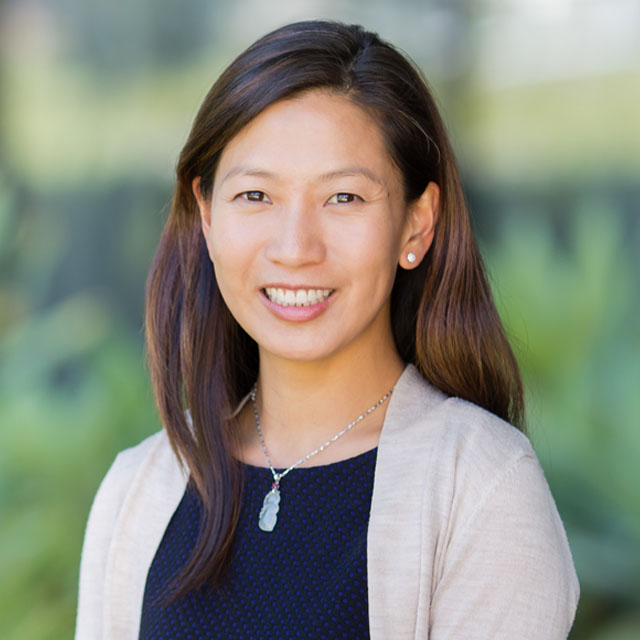
Julia Chu
MD, MPH
Pediatric Hematology Oncology -
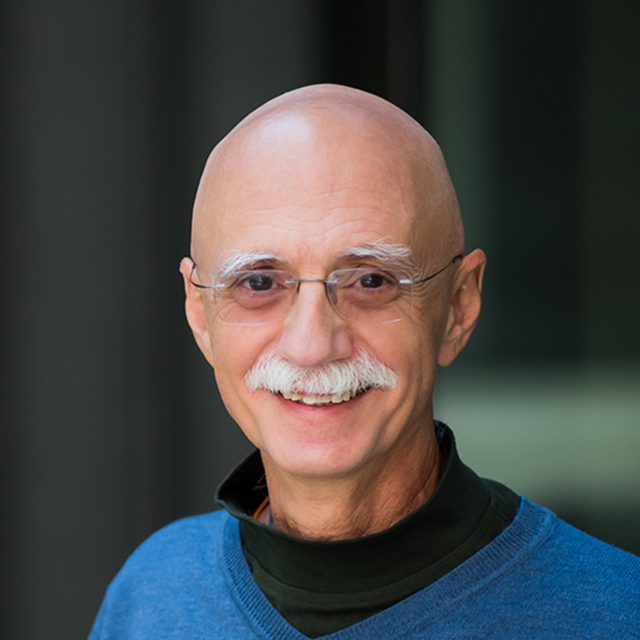
Morton J. Cowan
MD
Pediatric Allergy and Immunology -
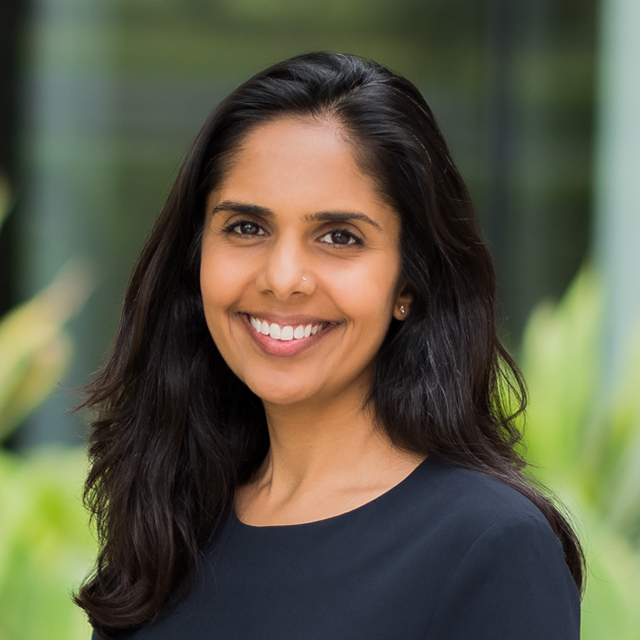
Jasmeen S. Dara
MD, MS
-
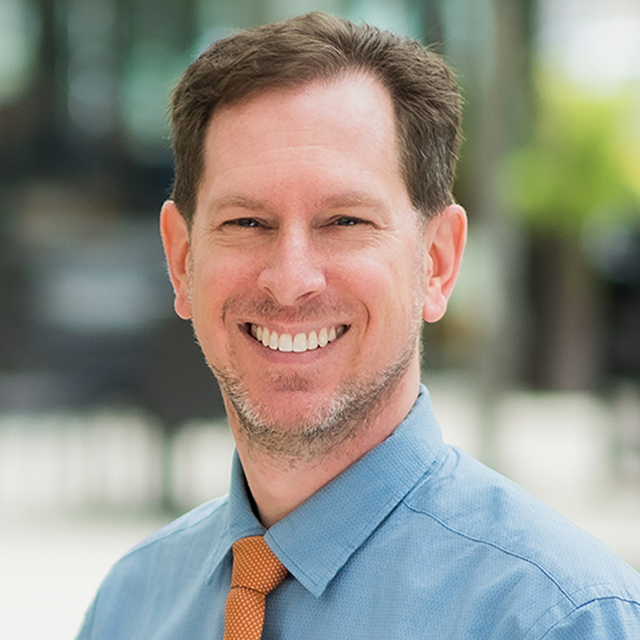
Christopher Dvorak
MD
Pediatric Hematology, Medical Oncology -
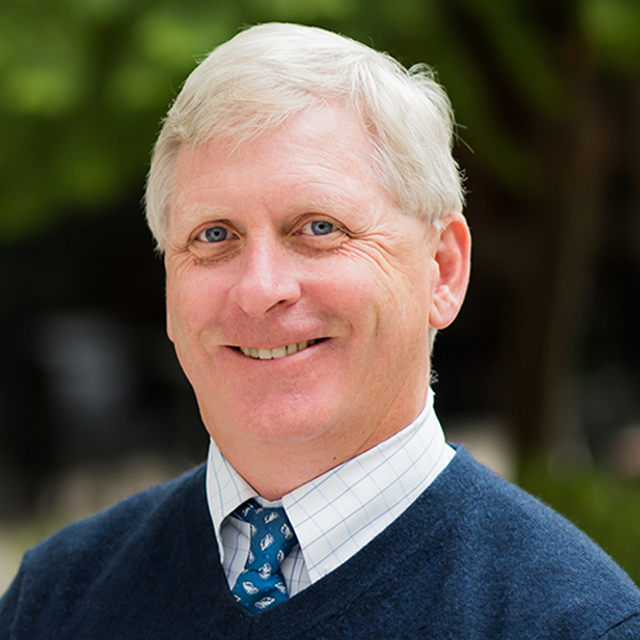
Robert E. Goldsby
MD
Medical Oncology, Pediatric Medical Oncology -
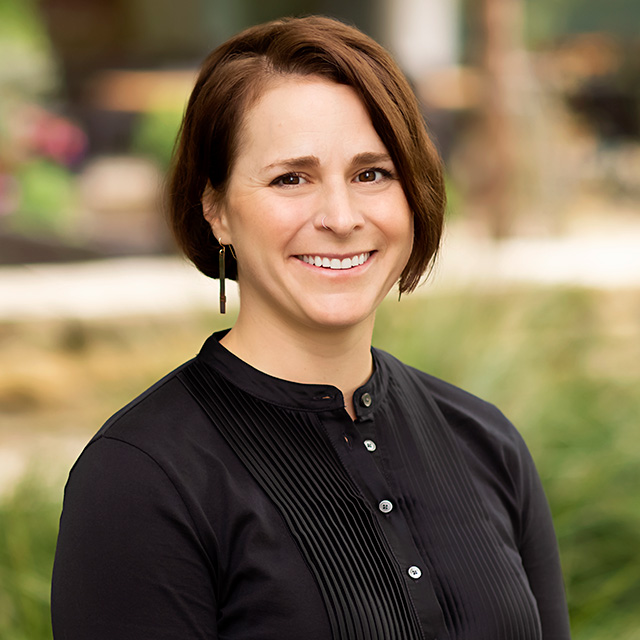
Christine Higham
MD
Pediatric Hematology Oncology -
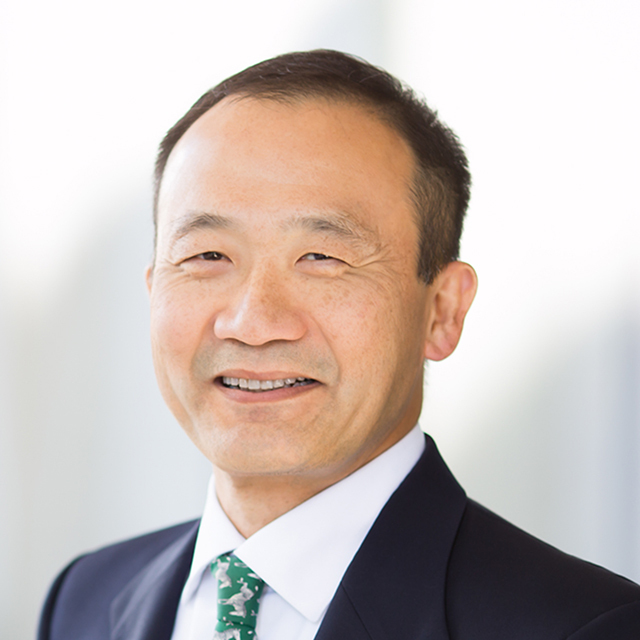
James Huang
MD
-
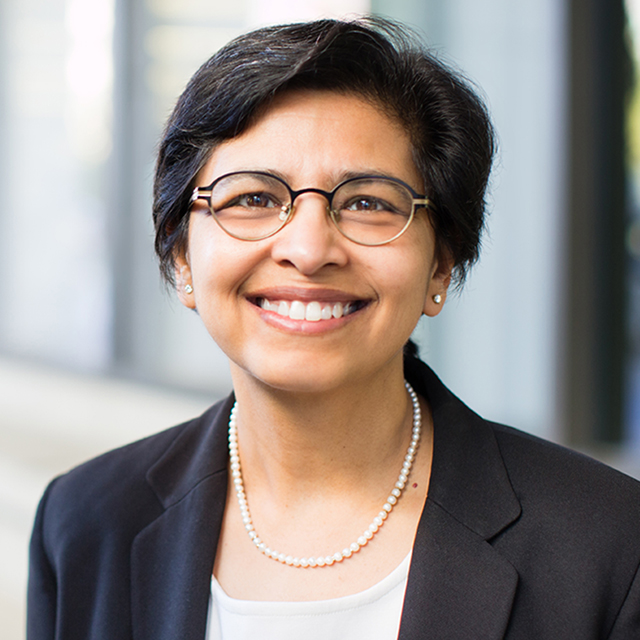
Sandhya Kharbanda
MD
Pediatric Hematology -

Gabriel Salinas Cisneros
MD
-

Kristin A. Shimano
MD
Medical Oncology, Hematology -

William Temple
MD
Pediatric Hematology Oncology -

Lena Winestone
MD, MPH
Pediatric Hematology, Pediatrics -
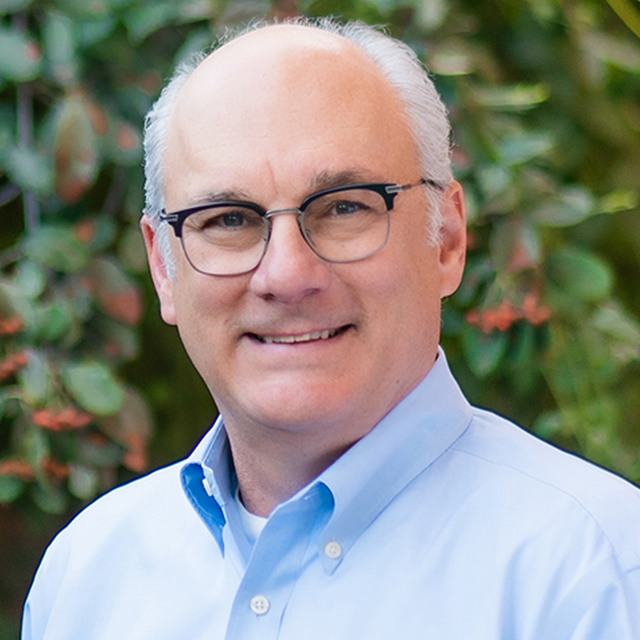
Mark Walters
MD
Pediatric Hematology Oncology -

Matt Zinter
MD
Pediatric Critical Care Medicine, Pediatrics -

Mara Bailey-Olson
CPNP
Pediatric Cellular Therapy -
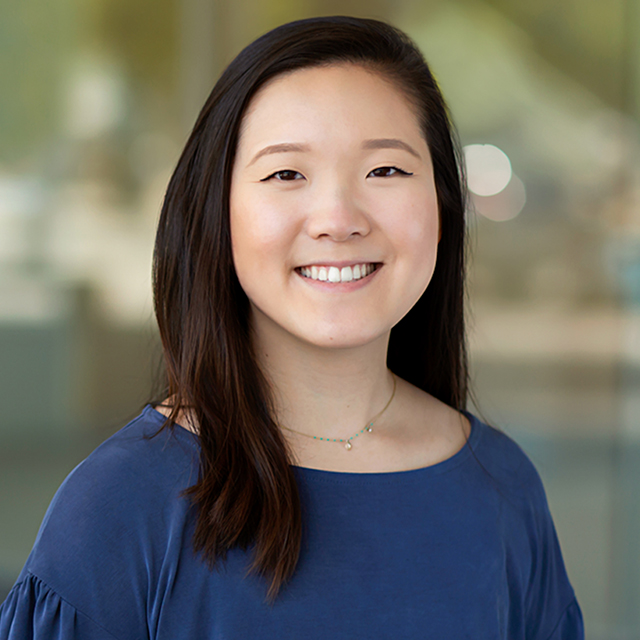
Sophia Chao
NP
Pediatric Cellular Therapy -
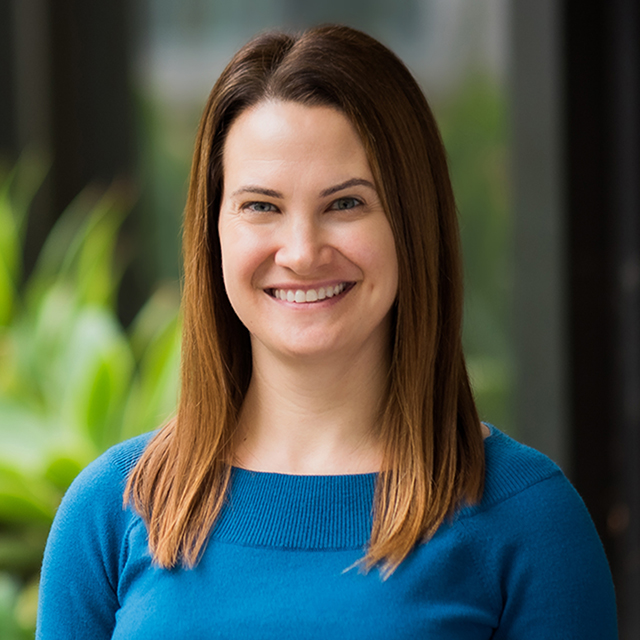
Janelle Facchino
NP, MS
Pediatric Cellular Therapy -
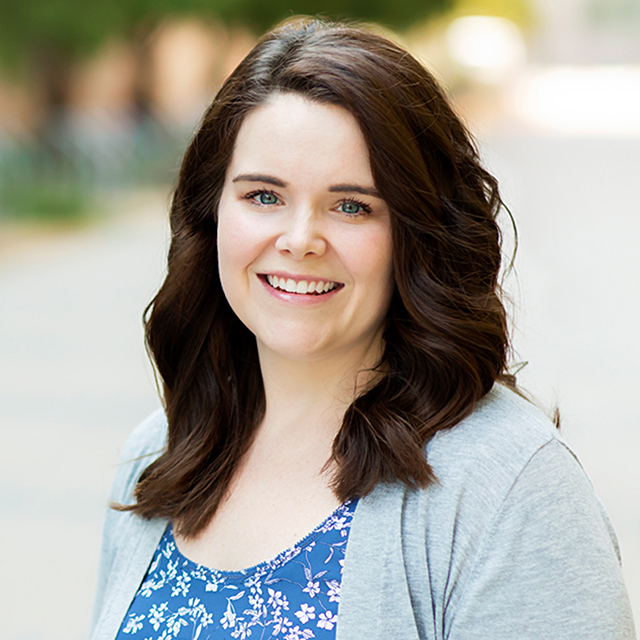
Brianne Gebhardt
NP, BSN
Pediatrics -
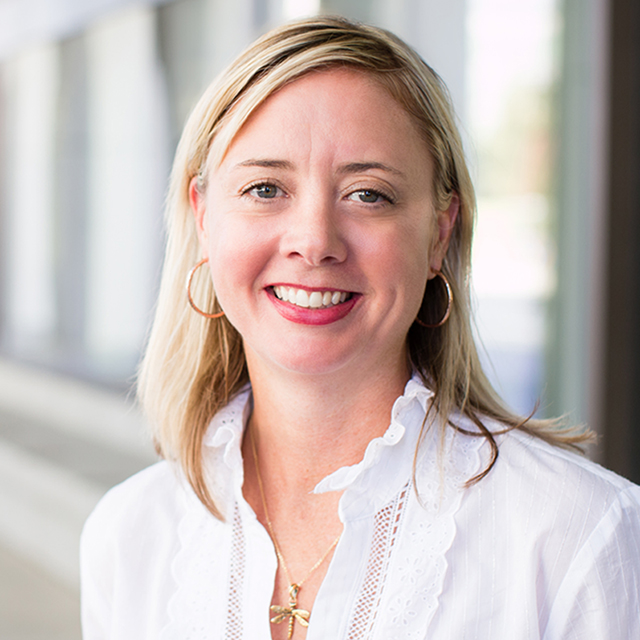
Sara O'Kane
NP
Anemia and Bone Marrow Disorders
Plan your visit
What to Bring
- Photo I.D.
- Health insurance card
- Insurance authorization, if required
- Doctor's referral, if required
- Recent test results related to your child's condition
- List of medications, including dosages, plus any your child is allergic to
- List of questions you may have
- Device or paper for taking notes
Related clinics (6)
 7
7
Hematology Clinic

Primary Immune Regulatory Disorder (PIRD) Clinic
Support services
Clinical trials
A Multicenter Access and Distribution Protocol for Unlicensed Cryopreserved Cord Blood Units (C...
The primary objective of this access and distribution protocol is to examine the incidence of neutrophil recovery of ≥500/mm3 after cord blood transplantation in a multi-institution setting using CBUs that are not FDA licensed.
Recruiting
More about this studyAutologous Gene Therapy for Artemis-Deficient SCID
Patient survival status and (if applicable) cause of death will be recorded to assess overall survival.
Recruiting
More about this studyA Feasibility Study Using CLINIMACS® for Alpha/Beta T-Cell Depletion in Stem Cell Transplant
The cumulative incidence of Grade III-IV acute GVHD at Day 100 will be summarized by incidence curves. GVHD evaluations will be performed using standard criteria.37 Patients with graft rejection will be censored.
Recruiting
More about this studyTransplantation of Clustered Regularly Interspaced Short Palindromic Repeats Modified Hematopoi...
The adverse event rate will be summarized using descriptive statistics, together with 95% confidence intervals where appropriate. No formal statistical hypothesis testing will be performed. Adverse events defined: failure of engra...
Recruiting
More about this studyChemoimmunotherapy and Allogeneic Stem Cell Transplant for NK T-cell Leukemia/Lymphoma
to assess overall response rate following chemoimmunotherapy induction therapy
Recruiting
More about this studyEBV-specific Cytotoxic T-lymphocytes (CTLs) for Refractory EBV Infection
Patients will be monitored for adverse events related to the infusion of EBV CTLs
Recruiting
More about this studyMobile App to Help Survivors of Childhood Cancer Navigate Long-Term Follow-Up Care
The knowledge of the participant will be measured using a 12-item questionnaire that assesses the awareness of their treatment and health issues in four categories: (1) diagnosis, (2) treatment, (3) risks, and (4) recommended foll...
Recruiting
More about this studyLong-Term Follow-Up of Patients Who Have Participated in Children's Oncology Group Studies
Recruiting
More about this studyOur research initiatives
Feeling at home
From bedside bingo to therapy dogs, we're here to help kids smile and feel more like themselves.
Visit Child Life services




























































